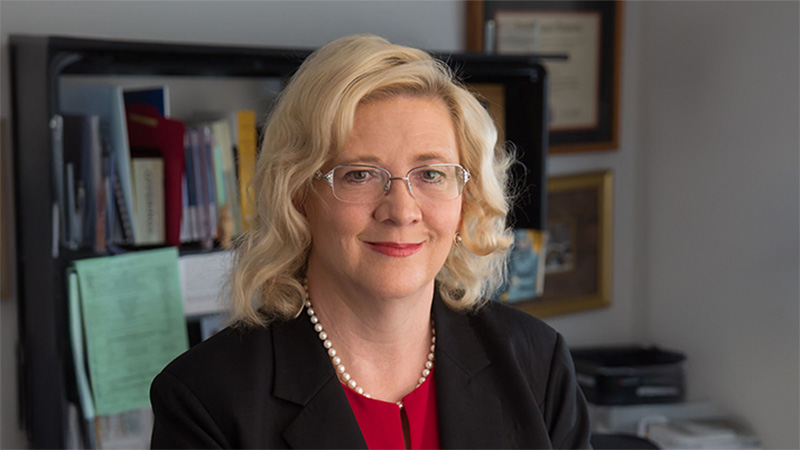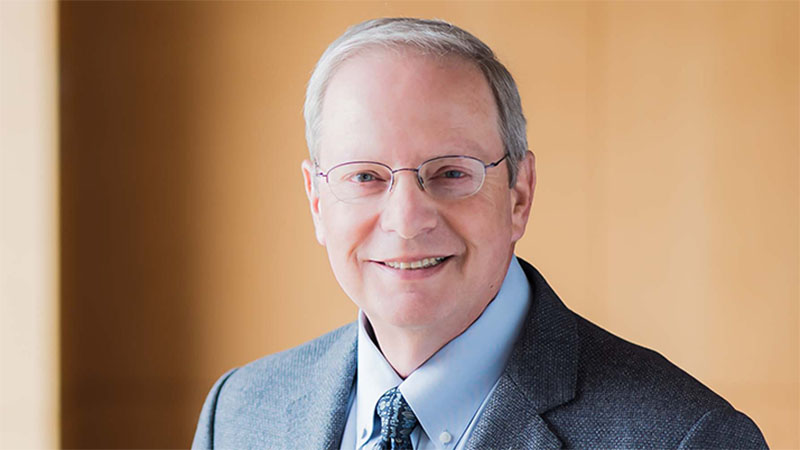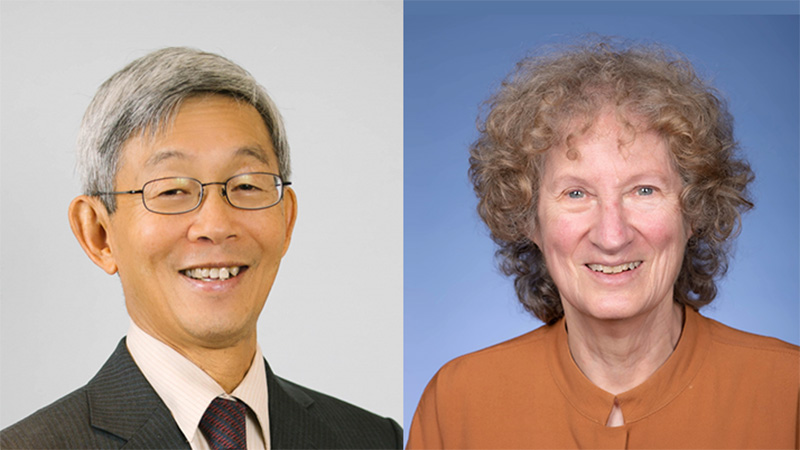Much has been made of Atul Gawande’s New Yorker article investigating the root causes of high healthcare costs in McAllen Texas. President Obama made the Gawande article required reading for White House staff. In the blogging community, some of my favorite commentary has come from our own Eric Widera here, the Buckeye Surgeon here (with a response from Atul Gawande here), Wachter’s world here, and the Director of the Office of Management and Budget Peter Orzag (!) on his white house blog here. I developed the idea for this post as a comment on KevinMD’s site here(second highest rated health blog on wikio; see the lively discussion in the comments). Atul Gawande delivered a follow up to his article as a commencement speech to the University of Chicago Medical School, here.
The fine research from Dartmouth cataloging the dramatic variation in Medicare Expenditures has been well publicized for some time. High cost areas do not deliver higher quality care for older adults, they just deliver costlier care. In fact, the opposite is true: quality is lowest in the highest cost states. What Atul Gawande did was take the research a step further, asking WHY? What drives costs in high cost areas? Atul did what he does for the New Yorker, an investigative reporting piece. He accomplished more with an investigative reporting piece than arguably any article in the New England Journal of Medicine. Makes me question my choice of a comparatively plodding research career…well, we have the blog.I won’t attempt to summarizing the entire article here — I could hardly do it justice — but in brief, Atul Gawande found that in McAllen Texas, doctors and indeed all of the healthcare industry revolved around a “culture” of money. Making money became the summum bonum of the medical profession in this Texas town. Atul Gawande doesn’t use this word, but I will: greed.
Now, I have a lot of physician friends who have received offers for high paying jobs in Texas. One million dollars a year for a neurosurgeon (this was 10 years ago). $800,000 a year for an anesthesiologist. It has become a standard joke among my decidedly northern, Midwestern, and coastal physician friends — how much money would they have to pay me to move to Texas? $800,000 a year? A cool mil? Can I be bought? I have long wondered, what is it about Texas that leads to million dollar a year salaries? Atul Gawande has identified a major piece of this puzzle, and it may be self-fulfilling, in that physicians who value money above other concerns decide to move to Texas.
This culture is not restricted to Texas. I have another anecdote I’ll share. I trained in primary care internal medicine in the same Massachusetts hospital where Atul Gawande practices surgery (met him once, nice guy, most eloquent outpatient surgical notes I’ve ever read). A primary care doctor came to speak to us during residency about life in the “real world” of private practice. He said, in a hush, “Here’s what they don’t tell you in medical school and residency. In the real world: you eat what you kill.” You eat what you kill — you are paid for what you bill for. He went on to tell us about how he had learned to increase his revenue streams by investing in an imaging center next to his practice for his patients. He talked about how we need training in billing. He talked about how we can’t bill for telephone and email contact so patients should schedule an office appointment. When we asked how much money he was making, he sat back with a self-satisfied look and said, “Oh I’m doing well. Very well actually.” And we sat there, wide eyed, and felt kind of sick and appreciative at the same time.
I do believe there is a culture of money among certain doctors, clustered in certain areas, and it drives health care costs. Of course, as many bloggers have noted, this is not a simple case of “bad greedy doctors,” — it’s far more complex — but profiteering on the backs of patients has certainly been a central driver to spiraling health care costs. Medicine is a business. But we need contraints around this business that reward doctors and systems of care that deliver the highest quality care at the lowest cost.
How does this relate to geriatrics and palliative care? It’s central. One of the most often used phrases in congress these days is “the high cost of care in the last 2 years of life.” This phrase makes one think about the overuse of expensive and intensive life-prolonging care. But geriatrics, hospice, and palliative care may not be above the fray. The Medicare Payment Advisory Committee (MedPAC) is concerned about the rapid rise in hospice costs (report here). Medicare payments for hospice tripled between 2000 and 2007 (to $10 billion). This rise was concominant with enormous growth in for-profit hospices. MedPAC is concerned that some hospices -particuarly those with financial relationships to long-term care facilities – may be cherry picking patients with long life expectancies, and avoiding the high cost hospice patients who live 7 days or less. While it’s easy to point the finger the other way — particularly when your profession is based on something unglamorous like caring for the elderly and the seriously or terminally ill — in these hard times, are we not compelled to look for waste in every corner of the system, including ours?



